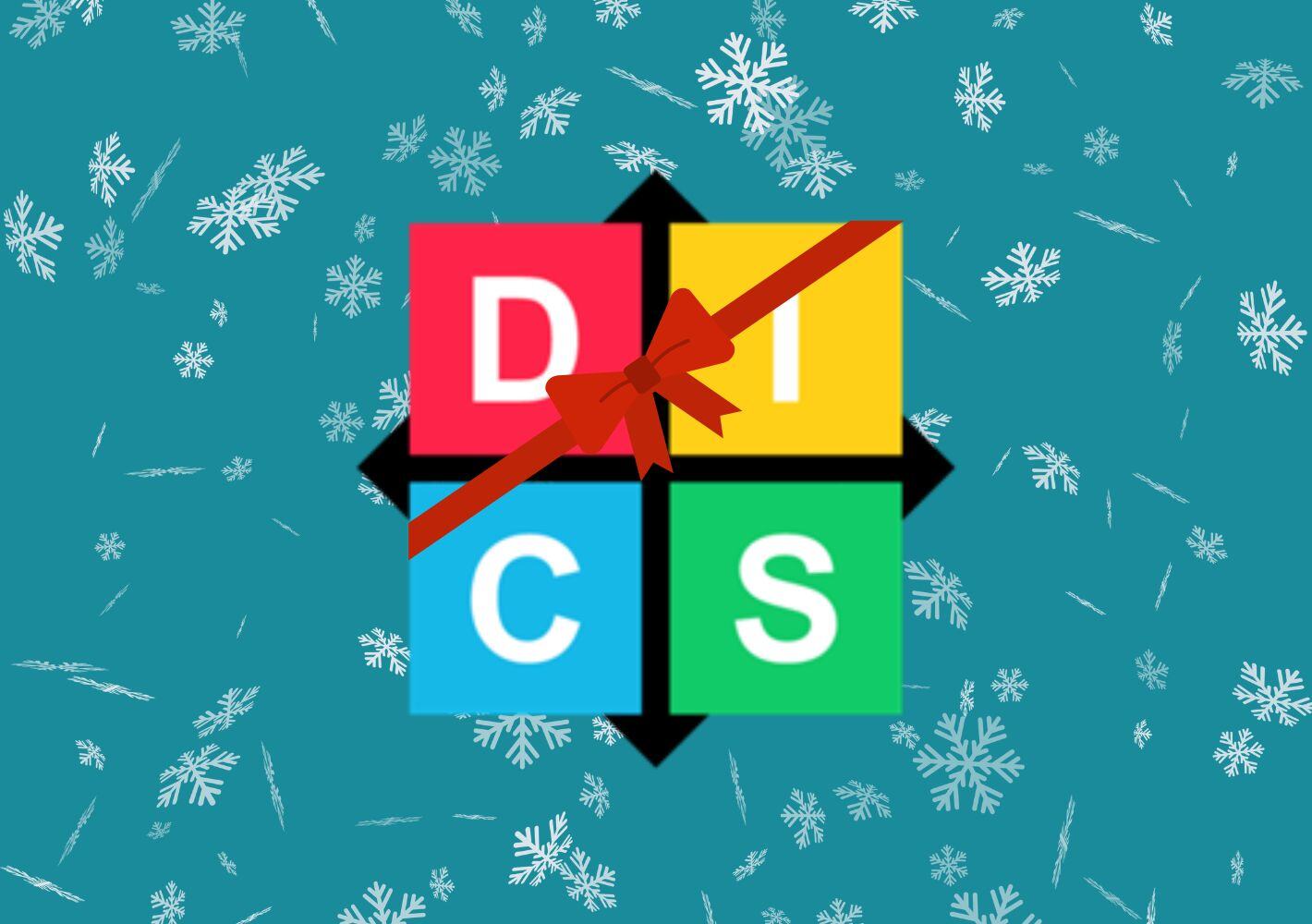When it comes to hiring and retaining top talent, one factor that’s often overlooked, but incredibly influential, is your organization’s reputation as a workplace. More than just perks or salary, potential hires want to know: Do people actually like working here?
If the answer is “not really”, word gets out fast. Employee disengagement is often the silent killer of workplace morale and productivity, but it also shapes your external brand. The more disengaged employees you have, the more difficult it becomes to maintain a positive work environment, retain high performers, and attract new ones. And perhaps most dangerously, disengagement is contagious. It spreads from one person to the next, pulling entire teams into apathy or dysfunction.
But why do employees become disengaged in the first place? And how can we address it before it becomes toxic?
One of the most effective tools for understanding and preventing disengagement lies in recognizing the personality drivers of your team members. Using the DISC model of human behavior, you can pinpoint what motivates (and demotivates) each style, allowing for tailored approaches that support long-term engagement.
Why Motivation Matters: DISC as a Lens for Engagement
The DISC personality model identifies four primary behavioral styles: Dominance (D), Influence (I), Steadiness (S), and Conscientiousness (C). Each style has unique motivational needs and stress triggers. When those needs go unmet, motivation declines, and disengagement begins to take hold.
Let’s explore how to proactively support each style and intervene when disengagement has already begun.
Motivating the D Style: Power and Autonomy
High-D individuals are driven by results, challenges, and control over their environment. They thrive when they feel they have influence and authority. However, when they perceive that too many rules are restricting their ability to take initiative, or when their ideas are constantly ignored, they’ll begin to check out.
Warning Signs of Disengagement in D Types
-
They stop pushing for their ideas.
-
They no longer take initiative or offer solutions.
-
They seem withdrawn or passive, completely out of character.
Reversing D Disengagement
To re-engage them, put them back in the driver’s seat. Ask directly for their feedback on a challenge or decision and give them ownership over part of the solution. Be ready for blunt, no-frills answers, but don’t take it personally. What matters most is that you follow through. Asking for their input but taking no action will only deepen their cynicism.
Motivating the I Style: Recognition and Positivity
People with a high I style are natural networkers. They’re motivated by social interaction, positive reinforcement, and being seen and heard. They often bring contagious energy to a team, but that energy is fragile if they feel unappreciated or excluded.
Warning Signs of Disengagement in I Types
-
They stop initiating conversations or team bonding.
-
Their natural optimism turns into gossip or negativity.
-
They seek validation from peers rather than leadership.
Reversing I Disengagement
Start by involving them in efforts to lift team morale. Ask for their ideas on how to re-energize the group. Whether it’s organizing a lunch-and-learn or initiating a team-building activity, giving them space to connect with others in a fun, impactful way will reignite their spark. Most importantly, recognize them publicly for their contributions—recognition is their fuel.
Motivating the S Style: Stability and Appreciation
S styles value security, consistency, and supportive environments. They’re loyal team players who work steadily and reliably. However, they disengage when they feel unappreciated or are subjected to rapid change without adequate support.
Warning Signs of Disengagement in S Types
-
A subtle decline in performance or responsiveness.
-
They avoid conflict or tough conversations altogether.
-
They become anxious or overwhelmed when faced with abrupt changes.
Reversing S Disengagement
You’ll need to rebuild trust slowly and steadily. Spend time listening to their concerns in a calm, non-threatening way. Let them know their contributions are valued and that you're willing to work with them to reestablish stability. When change is unavoidable, give them time to process and adjust, and offer ongoing reassurance.
Motivating the C Style: Clarity and Competence
C-style personalities are analytical, detail-oriented, and motivated by doing things “right.” They care deeply about accuracy and logic. If they feel unclear about what’s expected of them or sense that leadership is disorganized or arbitrary, they’ll disengage not out of rebellion, but from frustration.
Warning Signs of Disengagement in C Types
-
They become hypercritical or overly focused on minor details.
-
They withdraw from collaboration or avoid offering input.
-
Their productivity dips, especially on ambiguous tasks.
Reversing C Disengagement
First, check whether you’ve set clear, measurable expectations. If not, own that and ask what kind of information would help them feel more confident. Once you’ve established mutual understanding, give them room to excel in their own methodical way. They’ll re-engage when they feel their expertise is respected and their contributions matter.
Engagement Isn’t One-Size-Fits-All, and Neither Is Leadership
While disengagement may look similar on the surface, declining performance, negativity, withdrawal, the underlying causes vary greatly depending on personality. Leaders who understand these dynamics can intervene earlier and more effectively.
Instead of using a blanket strategy like offering more perks or enforcing stricter policies, take a personality-informed approach. You'll not only improve individual engagement, but you’ll foster a stronger, more cohesive culture where people feel seen, valued, and motivated to contribute.
The Cost of Ignoring Personality in Engagement
When personality differences are overlooked, well-meaning efforts to improve engagement can backfire. You may think you're encouraging collaboration by mandating group brainstorming, but to a C style, it may feel like chaos. You might believe giving a D less responsibility will reduce their stress, when in fact, it’s exactly what makes them lose interest.
Understanding behavioral styles isn’t just a “nice to have”—it’s a strategic necessity.
Build a Culture of Awareness
If you want to build a reputation as a great place to work, start by understanding what makes each of your people tick. Motivation is personal. And disengagement doesn’t come out of nowhere; it grows in the absence of leadership that listens and adapts.
Want to take the next step? Consider pursuing certification in DISC behavioral analysis to unlock deeper insights into team dynamics, communication, and motivation. With this knowledge, you'll be empowered to lead with empathy and drive engagement with purpose.






